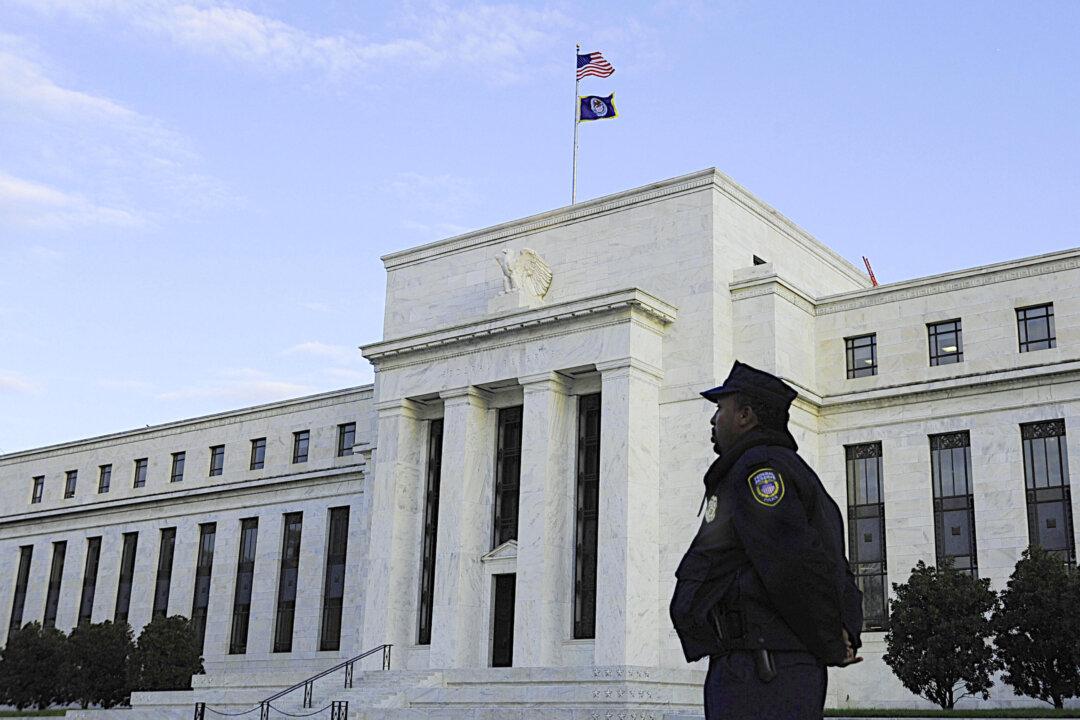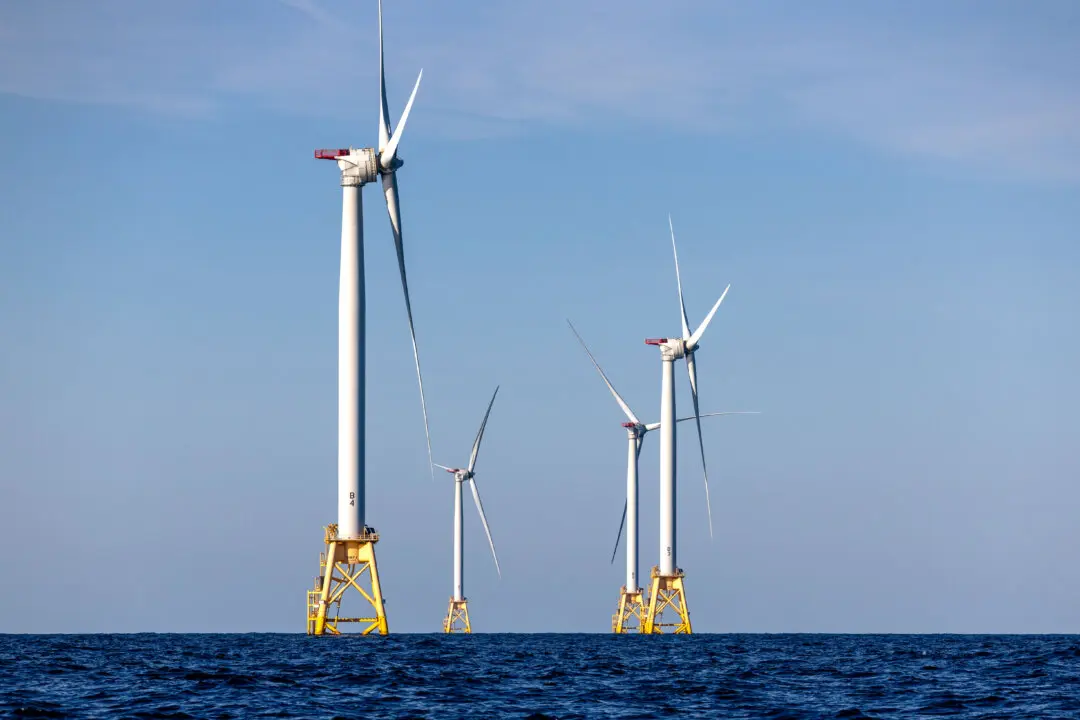A Fed estimate shows the U.S. unemployment rate in the second quarter will likely hover around 32 percent, while in a worst-case scenario, it could spike to over 40 percent.
St. Louis Fed President Jim Bullard was interviewed by Bloomberg TV on Monday, when he referred viewers to a Fed note with jobless projections based on occupations “exposed to layoff risk due to social distancing” amid the COVID-19 outbreak.





